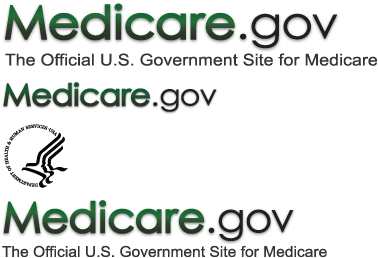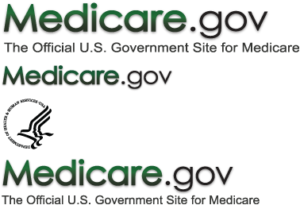Medicare
Getting started with Medicare
Whether you’re new to Medicare, getting ready to turn 65, or preparing to retire, you’ll need to make several important decisions about your health coverage. If you wait to enroll, you may have to pay a penalty, and you may have a gap in coverage. Use these steps to gather information so you can make informed decisions about your Medicare:
Step 1: Learn about the different parts of Medicare
The different parts of Medicare help cover specific services. Medicare Part A (Hospital Insurance) covers inpatient hospital stays, care in a skilled nursing facility, hospice care, and some home health care. Medicare Part B (Medical Insurance) covers certain doctors’ services, outpatient care, medical supplies, and preventive services.
Step 2: Find out when you can get Medicare
There are only certain times when people can enroll in Medicare. Depending on the situation, some people may get Medicare automatically, and others need to apply for Medicare. The first time you can enroll is called your Initial Enrollment Period. Your 7-month Initial Enrollment Period usually:
- Begins 3 months before the month you turn 65
- Includes the month you turn 65
- Ends 3 months after the month you turn 65
Get an estimate of when you can enroll in Medicare.
Step 3: Decide if you want Part A & Part B
Most people should enroll in Part A when they turn 65, even if they have health insurance from an employer. This is because most people paid Medicare taxes while they worked so they don’t pay a monthly premium for Part A. Certain people may choose to delay Part B. In most cases, it depends on the type of health coverage you may have. Everyone pays a monthly premium for Part B. The premium varies depending on your income and when you enroll in Part B. Most people will pay the standard premium amount of $134 in 2018 ($135.50 in 2019).
Learn more about whether you should take Part A and Part B.
Step 4: Choose your coverage
If you decide you want Part A and Part B, there are 2 main ways to get your Medicare coverage — Original Medicare or a Medicare Advantage Plan (like an HMO or PPO). Some people get additional coverage, like Medicare prescription drug coverage or Medicare Supplement Insurance (Medigap). Most people who are still working and have employer coverage don’t need additional coverage. Learn about these coverage choices.
Step 5: Sign up for Medicare (unless you’ll get it automatically)
Some people automatically get Part A and Part B. Find out if you’ll get Part A and B automatically. If you’re automatically enrolled, you’ll get your red, white, and blue Medicare card in the mail 3 months before your 65th birthday or your 25th month of disability. If you don’t get Medicare automatically, you’ll need to apply for Medicare online.
Step 6: Learn about 5 tasks for your first year with Medicare



20 Consultation to Get Started


We Use Medicare.Gov to Analyze Your Options & Explain to You


We Help Compare & Explain Plans


Lots of Confusing Mail & Offers? We Can Help Explain Options

Getting Started with Medicare!
We Can Help – Contact Us
Annual Enrollments
Special Enrollment Periods
Supplements
perry@jprinsure.com
504-945-4001
Do You Have Medicare & Medicaid?
Let us show you Dual Eligible Plans!
Senior Medical Insurance
As Independent Agency we represent several Medical Providers. Call or email us to begin the path where you are connected with an experienced Consultant who can help you select a Medical Plan for you.


